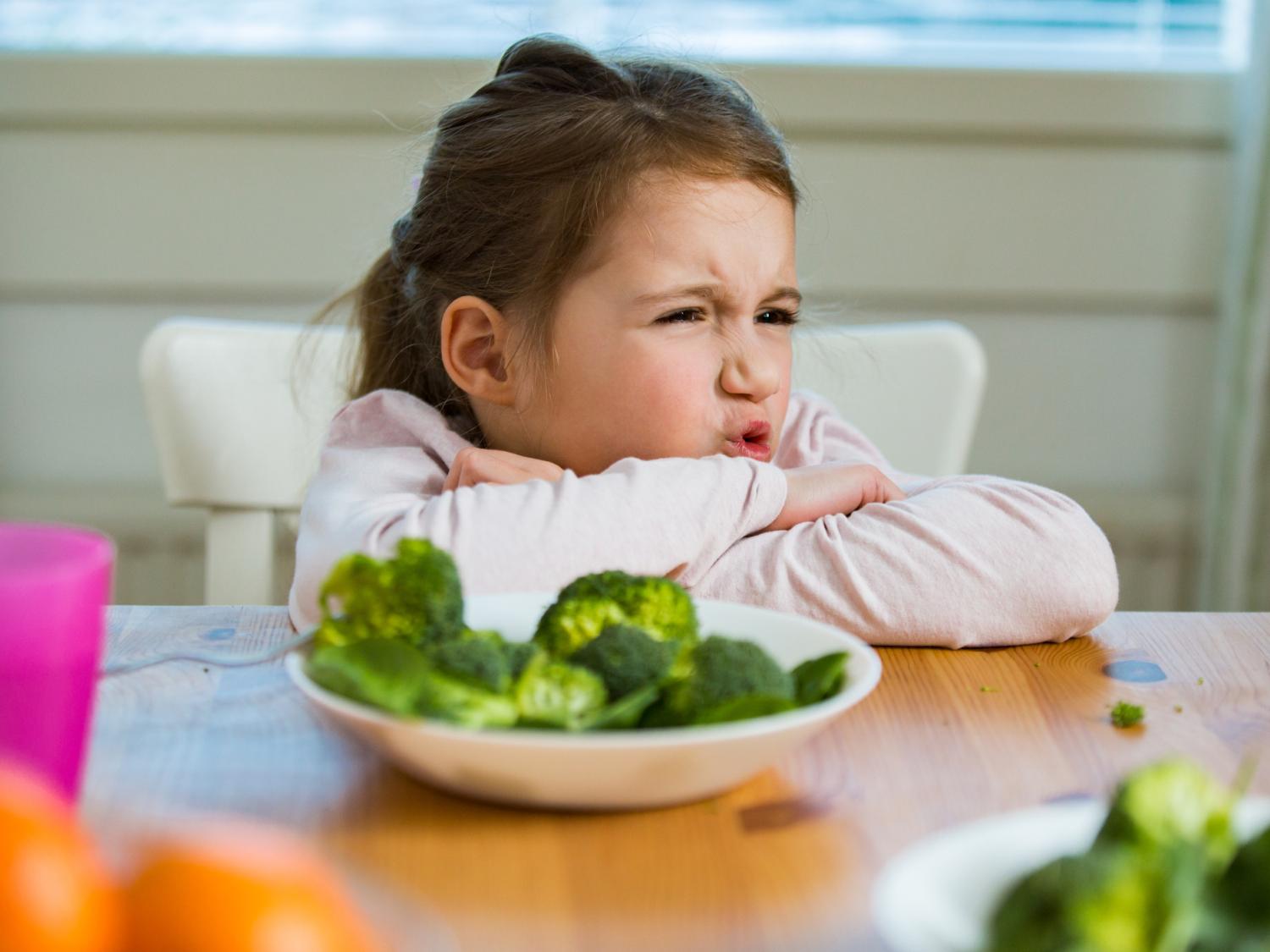
Whether you are an adult or a child, we can all agree that vegetables are the definition of sadness served up on a plate. Though we adults can tolerate the occasional crunchy blandness of vegetables, most children on the other hand, would tend to avoid eating veggies at all costs.
From the familiar screaming, crying and throwing violent fits, it has been a scenario many parents have grown accustom to.

Depicted in popular media as the typical picky eater, and expressing massive disdain towards anything they find unappetizing. It is behaviors exhibited like these, that have caused many about to be first-time parents to question if or why their children would act that way and should they do anything to make their children take their veggies?
Do not worry, as of today we are going to find out together.
"Why do kids hate vegetables?"
First of all, we must understand why kids dislike them in the first place. What would cause them to not even think about vegetables let alone eat them?
Is it the color? No.
Is it the smell? Possibly, but not the main cause.
Is it the taste? Bingo!
Vegetables are generally slightly bitter. This is due to their calcium content and the presence of beneficial compounds such as phenols, flavonoids, isoflavones, terpenes, and glucosinolates. Which is why kids naturally love foods that are sweet and high in glucose.

According to a research based on the Molecular Biology and Evolution published on Science Daily.

In an evolutionary sense, bitterness is a sign of poison and toxicity. The bitter compounds in vegetables are indeed toxic, but only when consumed in really large amounts. With normal consumption levels, veg is very beneficial, as we adults would have already learnt by now. Children, however, function based on instinct much more than logic. Hence, it’s only natural for them to avoid vegetables.

In case you are wondering now,
"If humans evolved to reject bitterness, why do we as adults still eat and enjoy vegetables?"
Basically, we have had enough time and experience to discover that vegetables do not harm us, and eventually got used to the taste.
The difference between children and adults is that children have yet to learn that vegetables are not harmful. This is also the reason why most children do not like coffee, beer and dark chocolate when they first try them.
"How do we get them to eat it?"
There are many reliable tactics that can be used to get children to eat their greens.

For example, it can be served with familiar or popular dishes, or different preparation methods can be used to reduce the bitterness of the vegetable and make it more easy on the palate. Giving kids the repeated exposure needed on consuming their greens, starting with little by little. Taking in the necessary nutrients that are only provided by vegetables, such as potassium, dietary fiber, folate, vitamin A, and vitamin C.
"People who eat fruits and vegetables as part of an overall healthy diet are likely to have a reduced risk of some diseases."
- USDA (United States Department of Agriculture)
Since we have gone over solutions and are in the topic of nutrients. We will tackle one last important question.
"Is my child getting enough?"
Now, this is a question one must think about. Before you start digging into the nutrition label of your nearest salad container or open another tab to search for the calories of each vegetable, we will soon get into the question of whether you or your child getting enough.
What if I were to tell you that the average person isn't getting the recommended amount of nutrients and fiber daily.

According to the World Health Organization (WHO)'s Body Mass Index, it is estimated that around 38.9 percent of the world's population is overweight or obese. Over 340 million children and adolescents aged 5-19 were overweight or obese in 2016. While in 2020, 39 million children under age 5 were overweight or obese.
Maintaining the ever increasing slope of diseases that are is linked with Malnutrition. Which includes being Overweight and being Underweight.

While the ideals of healthy eating and having a balanced diet had been preached and endorsed by the broader public for more than a few decades.
Our children and we still struggle to get the needed nutrients daily. As fast-food consumerism becomes more prevalent and ordering take-outs shifted to be the convenient option compared to home-cooked meals, it is now more challenging to implement the integrity of eating healthy. Especially for kids.
Since kids are easily swayed by the sheer attractiveness of fast-food advertisements.

Learn more about: Children and the influence of Advertisements
In the long run, frequent consumption of processed foods would prove devastating to the body, as the accumulation of toxins would hinder its regulatory functions.
"Highly-processed foods tend to be low in nutrients (vitamins, minerals and antioxidants) and high on empty calories due to the content of refined flours, sodium and sugar."
- Vilma Andari quoted to the American Heart Association

"So... we should correctly portion every meal."
"Yes. But would one make it a consistent habit?"
We all know that it is extremely tedious to accurately evaluate and portion our diet on a daily basis, and few manage to implement this into their lifestyle. Unfortunately, the majority who failed will revert back to their destructive lifestyles.
But we at PPARs Century have a solution for you and your children's nutritional troubles.
Crypto PPARs is a multivitamin that contains more than 90 unique nutrients. It is an excellent source of nutrients that children can safely include in their diet. In addition, it is always important to adhere to all healthy diets and nutrition plans. However, an alternative food source is needed to compensate for nutrient loss.
Crypto PPARs is not only an excellent multivitamin, but also an exceptional health supplement.

It exhibits a wide range of transcriptional functions for lipid metabolism, glucose metabolism, anti-inflammation, immune regulation, and cell differentiation (cancer). In addition, it is able to regulate metabolic syndromes such as diabetes mellitus, obesity, hypercholesterolemia and hypertension.


